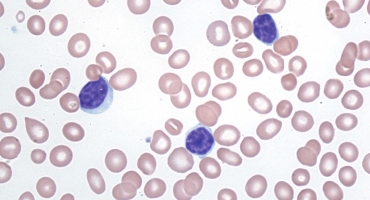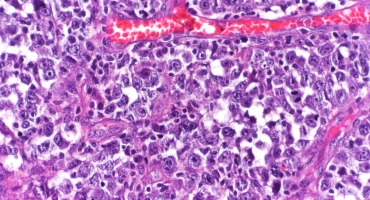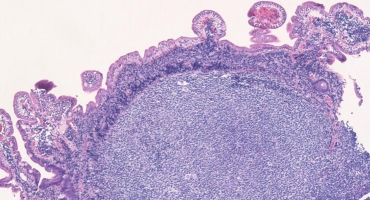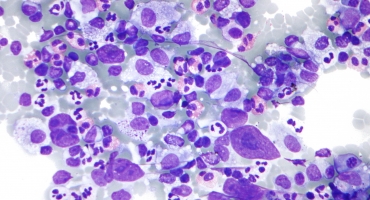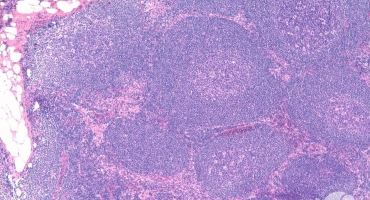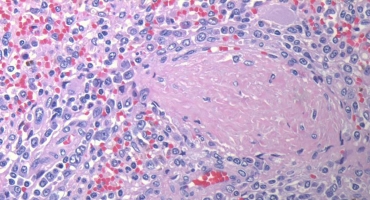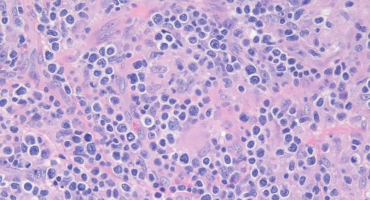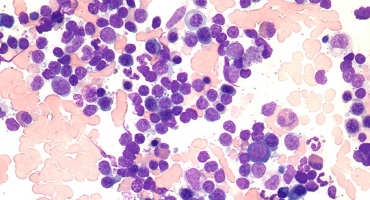Our investment in lymphoma research has led to significant advances, such as rituximab (Rituxan®) and innovative immunotherapy, such as the first first chimeric antigen receptor (CAR) T-cell-therapy approved by the FDA for lymphoma patients: axicabtagene ciloleucel (Yescarta®). Our current lymphoma research commitment exceeds $73 million, so we can continue to bring promising new treatments to patients.
Lymphoma encompasses a variety of cancers of the lymphatic system and it is a very common hematologic malignancy, making up around a third of all new blood cancer cases in the US and in Europe. It is the most common blood cancer in the United States, and accounts for about 5% of all cancers.
There are many different types of lymphomas, but the two main groups are Hodgkin lymphoma (HL) and non-Hodgkin lymphoma (NHL). Both types can occur in either children or adults.
Are you a Patient or Caregiver? Click here for our free informational booklet on Lymphomas.

